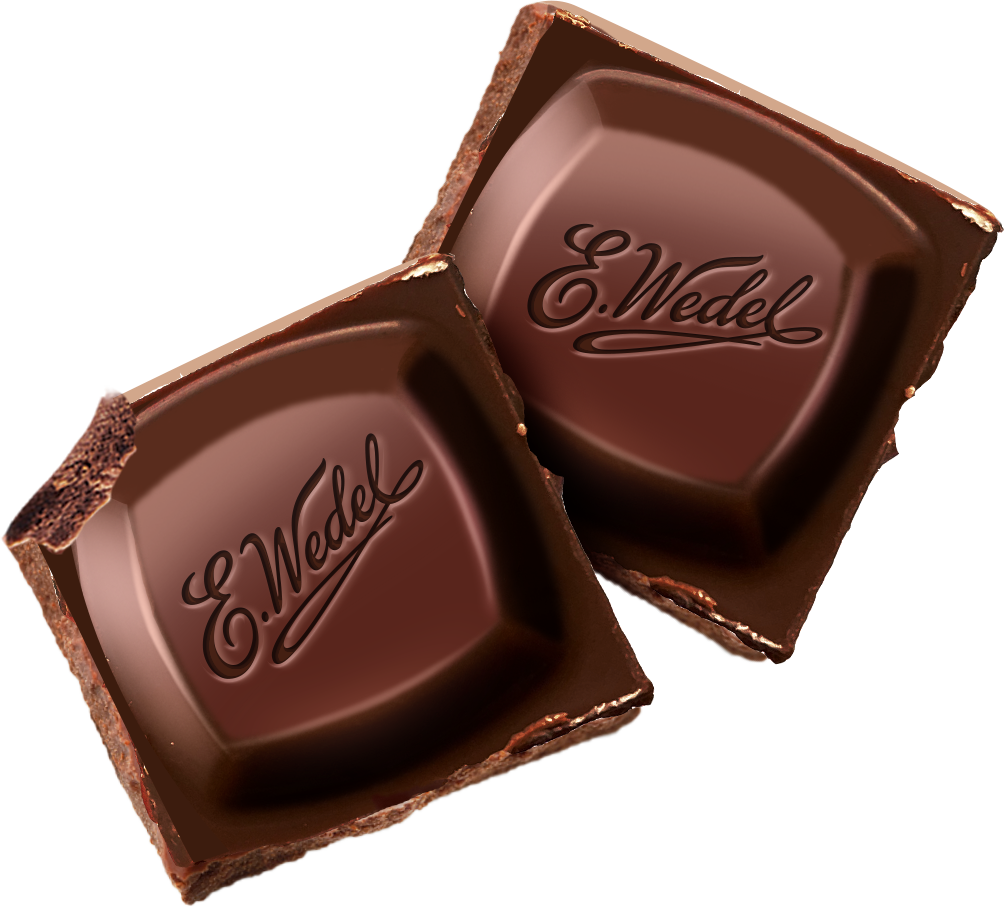The history of E.Wedel: Poland’s iconic chocolate factory
E.Wedel is more than just a brand—it’s a symbol of Polish heritage, craftsmanship and passion for chocolate. With a history spanning over 170 years, the company has established itself as one of the leading firms in the confectionery industry, producing premium chocolates, pralines and sweets that delight generations.

From its humble beginnings in the 19th century to becoming an internationally recognized brand, E.Wedel has always stood for innovation, quality and tradition.
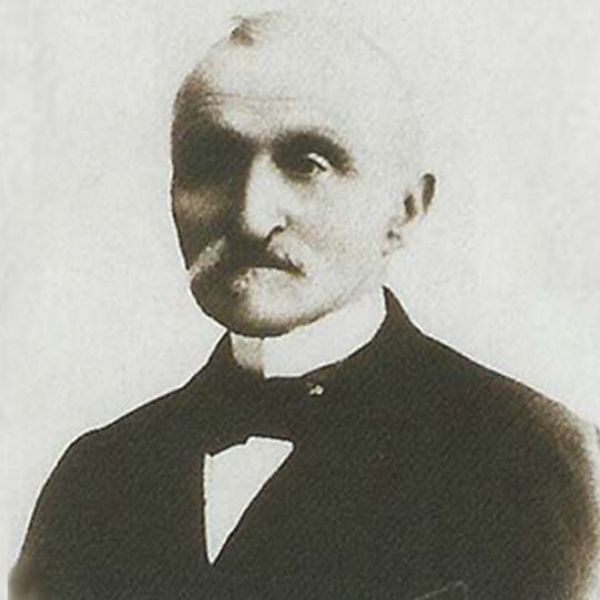 The beginnings: Karol Wedel’s vision (1851–1900s)
The beginnings: Karol Wedel’s vision (1851–1900s)
The story of E.Wedel begins in 1851, when Karol Wedel, a German confectioner, opened a small chocolate and caramel shop in Warsaw. His vision was simple yet ambitious: to create the finest chocolates and sweets, using only the highest-quality ingredients.
Karol’s handmade pralines, drinking chocolate and caramels quickly gained popularity among the Warsaw elite, and his shop became a go-to destination for those seeking luxury confections. As the business grew, Karol ensured that each product met the highest standards—a commitment that remains a core value of the brand to this day.
The "E.Wedel" signature: a mark of quality
In the early 20th century, Karol’s son, Emil Wedel, took over the business and expanded the company’s reach.
To distinguish his products and guarantee authenticity, Karol introduced a handwritten signature—“E.Wedel”—on each chocolate bar. This mark of quality became synonymous with trust and craftsmanship, setting Wedel apart from competitors. Today, the signature is still present on all E.Wedel products, symbolizing the brand’s dedication to excellence.
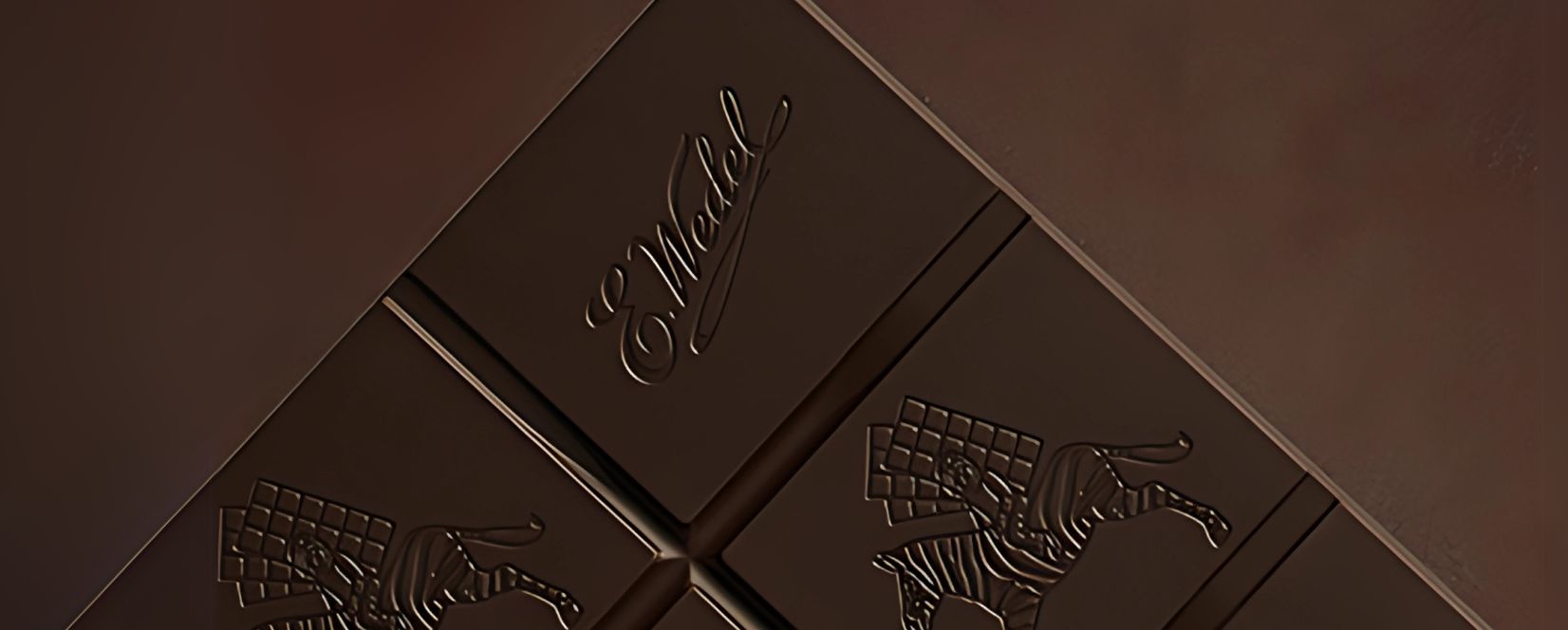
Expansion and Innovation: Jan Wedel’s Influence (1900s–1930s)
However, it was Jan Wedel, the grandson of the founder, who transformed E.Wedel into one of the most modern and innovative chocolate manufacturers in Europe.
Under Jan’s leadership, the company opened a state-of-the-art chocolate factory in Warsaw’s Praga district in 1931. Equipped with the latest technology, this factory allowed E.Wedel to increase production while maintaining the handcrafted quality that customers loved.
-
During this period, E.Wedel introduced some of its most iconic products, including:
Ptasie Mleczko® (1936) – a revolutionary foam confection coated in chocolate, that became one of Poland’s most beloved sweets. -
Wedel drinking chocolate – A rich, velvety hot chocolate made from the finest cocoa beans.In Poland E.Wedel sales hot chocolate in Pijalnie Czekolady.
-
Premium chocolate bars like milk or milk with whole hazelnuts – Featuring unique flavors and luxurious textures.

World War II and nationalization (1939–1950s)
The Second World War brought immense challenges for E.Wedel. The factory was heavily damaged during the Warsaw Uprising in 1944, but the company’s spirit endured. After the war, the factory was rebuilt and production resumed, bringing joy to Poles in difficult times.
However, in 1949, the Polish government nationalized the company, removing the Wedel family from ownership. Despite this change, the brand remained a household name, continuing to produce its signature chocolates, pralines, and biscuits.
The Post-War era: a symbol of Polish sweetness (1950s–1980s)
Throughout the communist period, E.Wedel remained a symbol of Polish quality and craftsmanship. Despite government restrictions, the brand managed to maintain its reputation by adapting to changing consumer needs.
-
During this time, E.Wedel introduced:
New chocolate flavors and fillings to cater to a growing market. -
Innovative packaging designs, making chocolates more appealing.
-
Exporting products to other socialist countries, solidifying its international presence.
Even in difficult economic conditions, Poles continued to cherish E.Wedel chocolates, associating them with celebrations, special moments and nostalgia.
The return to private ownership and global expansion (1990s–2000s)
After the fall of communism in 1989, Poland experienced a wave of economic changes and E.Wedel was privatized in 1991. The brand went through various ownership transitions, but it remained committed to tradition and quality.
-
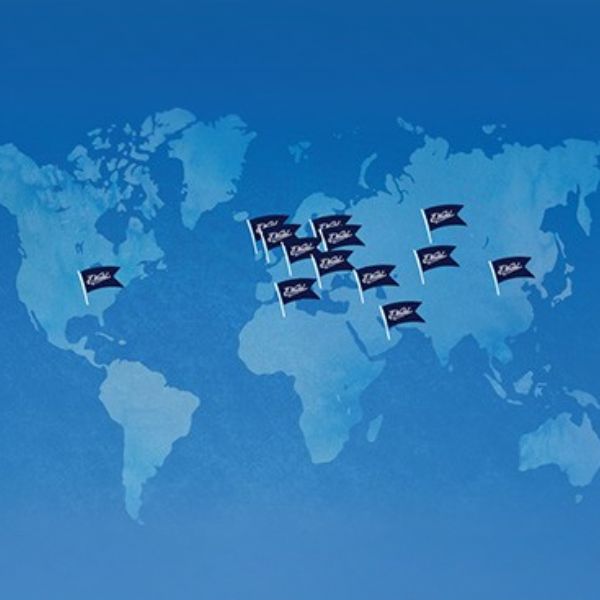 In 2010, E.Wedel became part of LOTTE Group, a leading global confectionery company. This acquisition opened new opportunities for the brand, including:
In 2010, E.Wedel became part of LOTTE Group, a leading global confectionery company. This acquisition opened new opportunities for the brand, including:
Modernizing production facilities while preserving traditional recipes. -
Expanding to international markets, making E.Wedel available in Europe, the USA, and Asia.
-
Innovating new products, such as the Creamy chocolate line and Snack chocolates.
E.Wedel Today: a perfect blend of tradition and innovation
Today, E.Wedel continues to be one of the most beloved chocolate brands in Poland and beyond. While staying true to its rich heritage, the company constantly innovates, offering new flavors, textures and premium chocolate experiences.
E.Wedel’s most popular products
-
Ptasie Mleczko® – A legendary chocolate-covered soft, milky foam treat.
-
Creamy chocolate bars – Luxuriously smooth chocolate with a delicate texture.
-
Creamy pralines - Luxurious smooth heart-shaped chocolates with chocolate filling
-
From the heart pralines – The perfect gift for special occasions.
-
Happy Barrels – A delightful combination of chocolate and liquor-inspired fillings.
E.Wedel’s commitment to quality and sustainability
-
As a modern chocolate manufacturer, E.Wedel is dedicated to:
Using high-quality ingredients, including sustainably sourced cocoa. -
Reducing its environmental impact with eco-friendly packaging and energy-efficient production (read more here)
-
Supporting communities, including partnerships with cocoa farmers in Ghana.
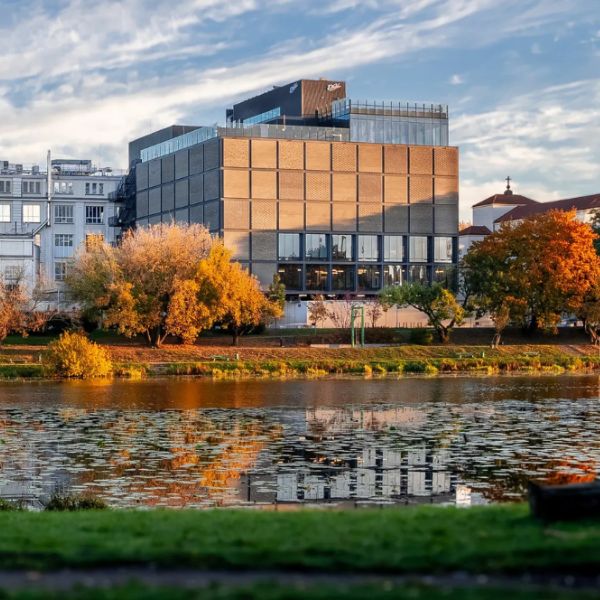 The expansion of the E.Wedel factory and the creation of the Chocolate Factory E.Wedel
The expansion of the E.Wedel factory and the creation of the Chocolate Factory E.Wedel
E.Wedel has always been a brand that values both tradition and progress, ensuring that its iconic chocolate-making legacy continues to flourish. As part of its commitment to growth and innovation, the company has expanded its factory in Warsaw, introducing state-of-the-art facilities while preserving the charm of its historic production site. Alongside this expansion, E.Wedel also opened the Chocolate Factory E.Wedel, an interactive museum dedicated to showcasing the brand’s rich history, craftsmanship and the artistry behind chocolate-making. This immersive experience takes visitors on a journey through the brand’s history, allowing them to discover the secrets behind E.Wedel’s chocolate-making traditions.
What can you experience at the museum?
-
The history of E.Wedel – A fascinating exhibition showcasing rare artifacts, vintage packaging and historic advertisements, telling the story of how the brand became a Polish icon.
-
Live chocolate-making demonstrations – Visitors can watch skilled chocolatiers at work, creating delicate pralines, chocolate bars and the famous Ptasie Mleczko® using traditional methods.
-
Interactive chocolate workshops – Guests of all ages can participate in hands-on workshops, learning how to temper chocolate, mold pralines and create their own unique chocolate treats.

The sweet legacy of E.Wedel
From a small Warsaw chocolate shop to an international brand, E.Wedel’s journey is one of passion, resilience, and excellence. For over 170 years, the company has brought joy, comfort and indulgence to millions of people around the world.
Whether you’re enjoying a classic Ptasie Mleczko®, sipping rich drinking chocolate, or savoring a creamy praline, every bite of E.Wedel’s chocolate is a tribute to history, tradition, and the art of confectionery.
Experience the taste of tradition today with E.Wedel!
